The first occurrence.
For he sees wise men die; likewise the fool and the senseless person perish, and leave their wealth to others. Psa 49:10
The primitive root.
Strong’s H3684 keciyl, a concrete noun meaning, “foolish complacency,” from Strong’s H3688 כסל kacal, a primitive root meaning, “to be fleshy, fat, or inert.” The ancient pictographs are kaph + sin + lamed.
kaph כ, ך = the open palm, thus bend, open, allow, tame
sin ס = the thorn, thus grab, hate, protect
lamed ל = the shepherd’s staff, thus teach, yoke, to, bind
The parable the pictographs are telling is of covering (kaph) which protects (sin) the staff (lamed), or male reproductive organ; i.e. loins, according to the Ancient Hebrew Lexicon, thus, fleshly, fat, or inert, as when the flesh covers a man’s loins.
The idea of complacency comes from the loins acting as the seat or root of confidence; first, as deriving self-worth and self-aggrandizement from the flesh, and second, as a metaphor for fleshly or worldly strength. The over-confidence thus generated leads to complacency, laziness, or inertness.


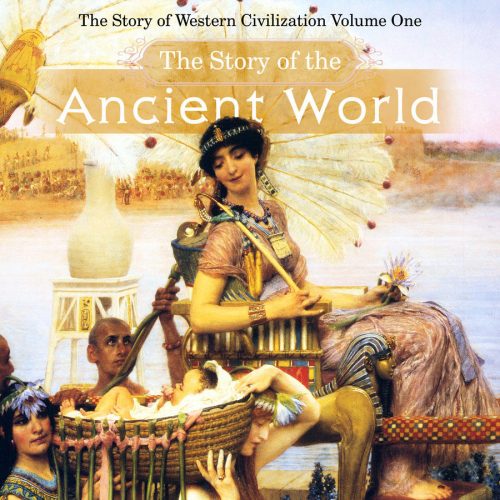
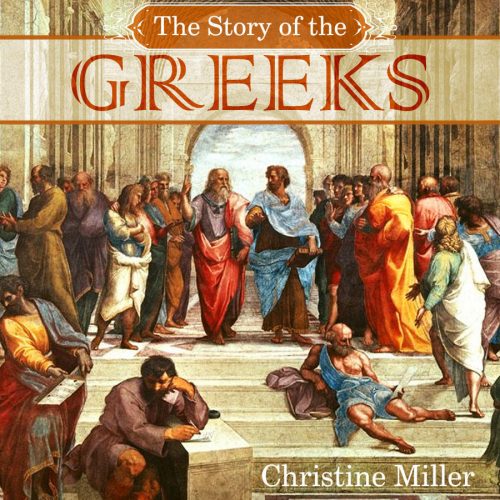
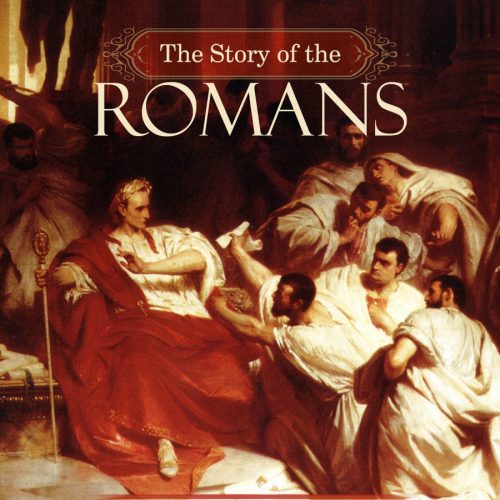

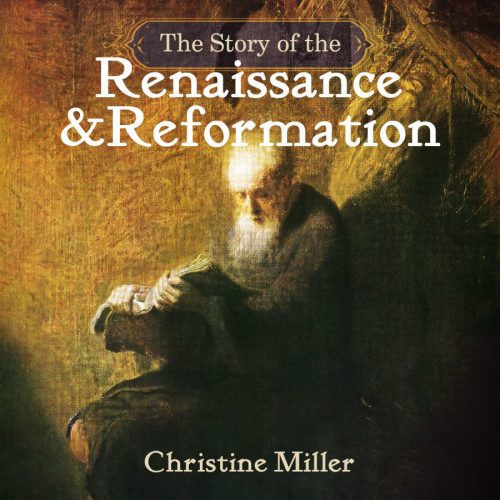




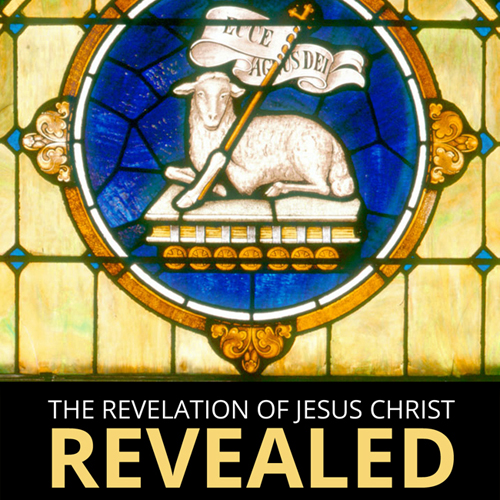


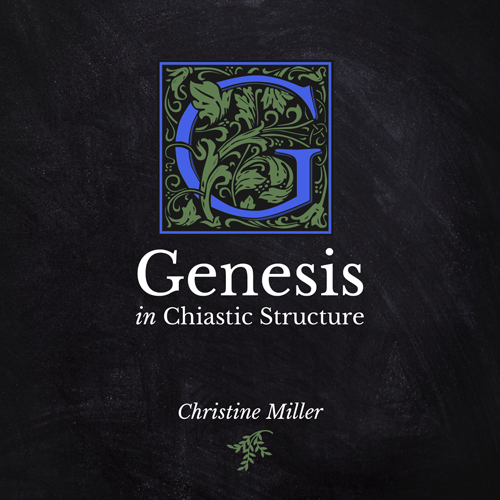
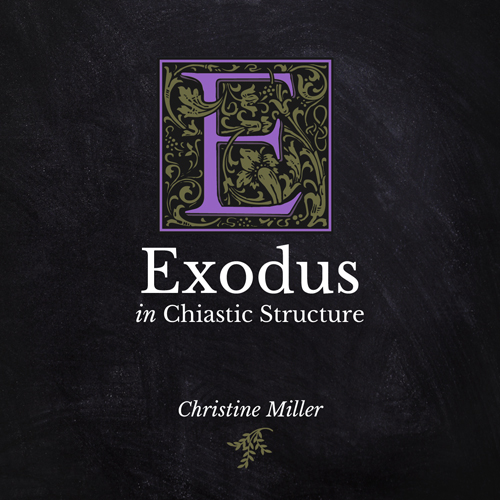

I have been referring to your blog periodically over the last year in preparing lessons on the Psalms (your chiastic structure posts). When I saw this post it made me chuckle at the richness of language used in the Bible, and what seems to be intentionally pithy humor even in the root of individual words. Thank you for continuing to share your insights, and may the Lord bless you and your family.
One thing I have learned studying the Bible from its teaching tools: God has a sense of humor! Thank you for the blessing. <3